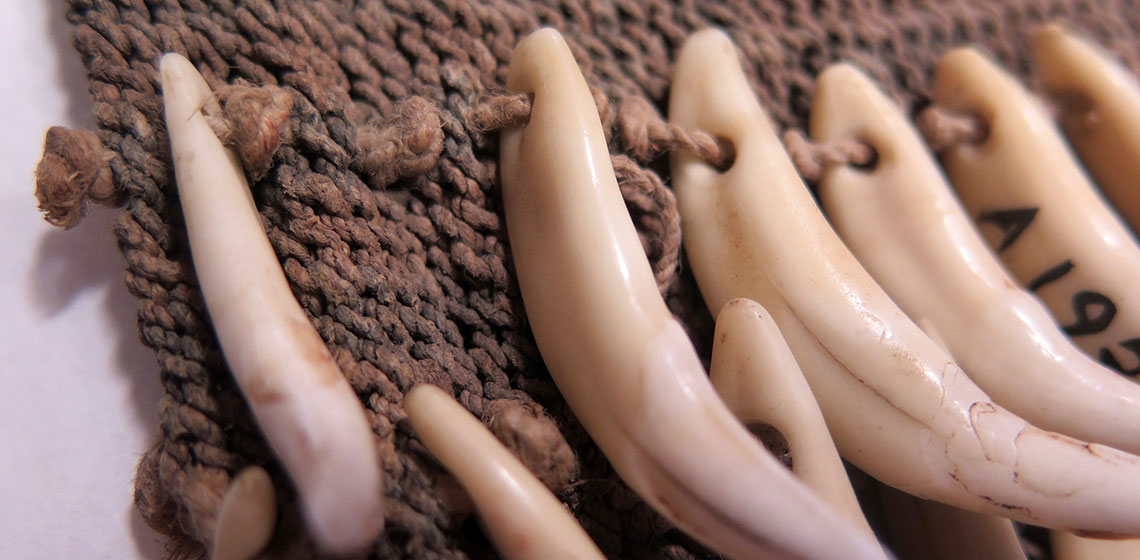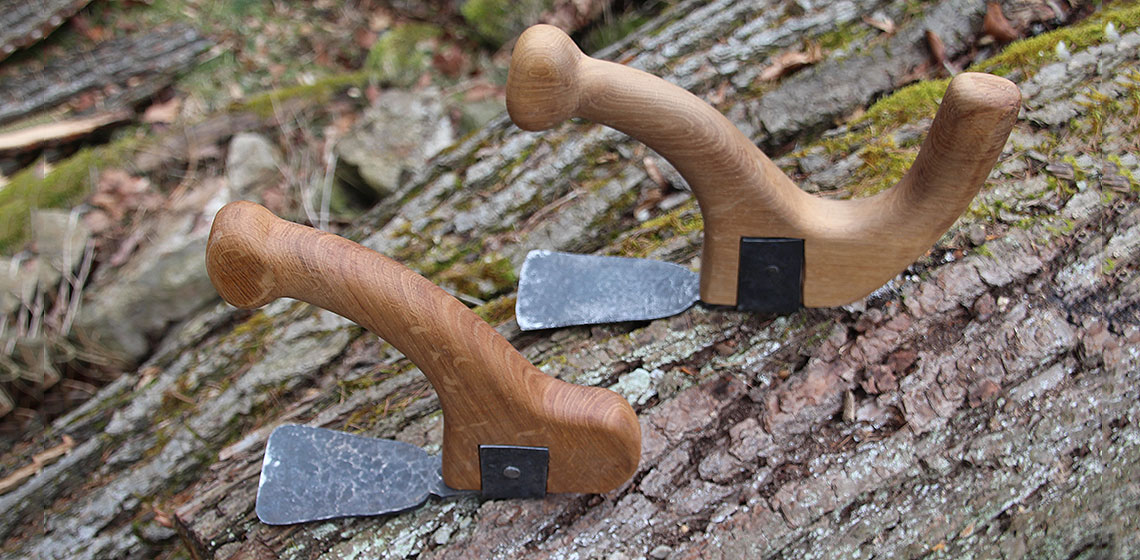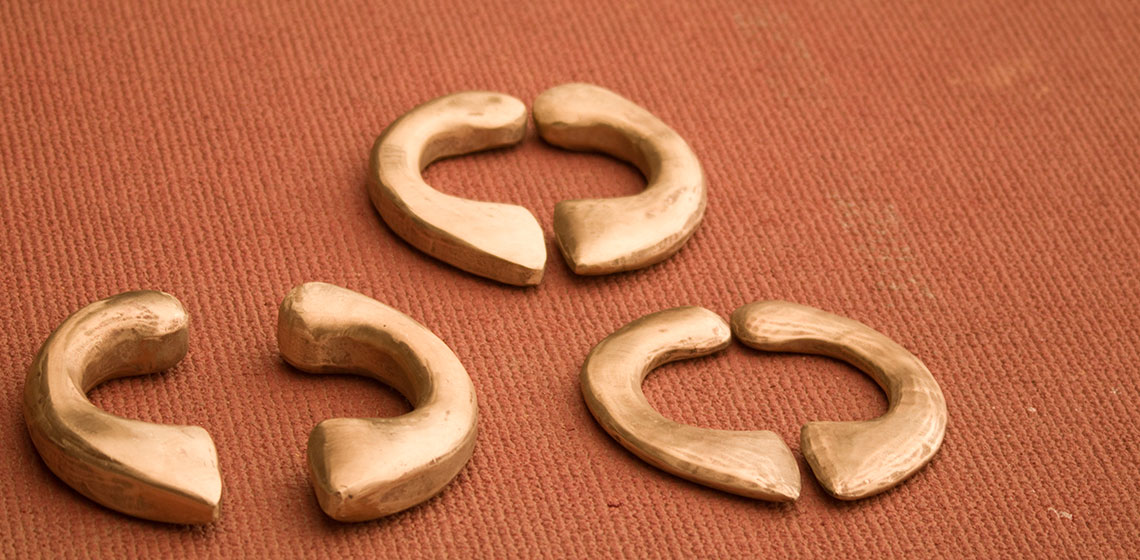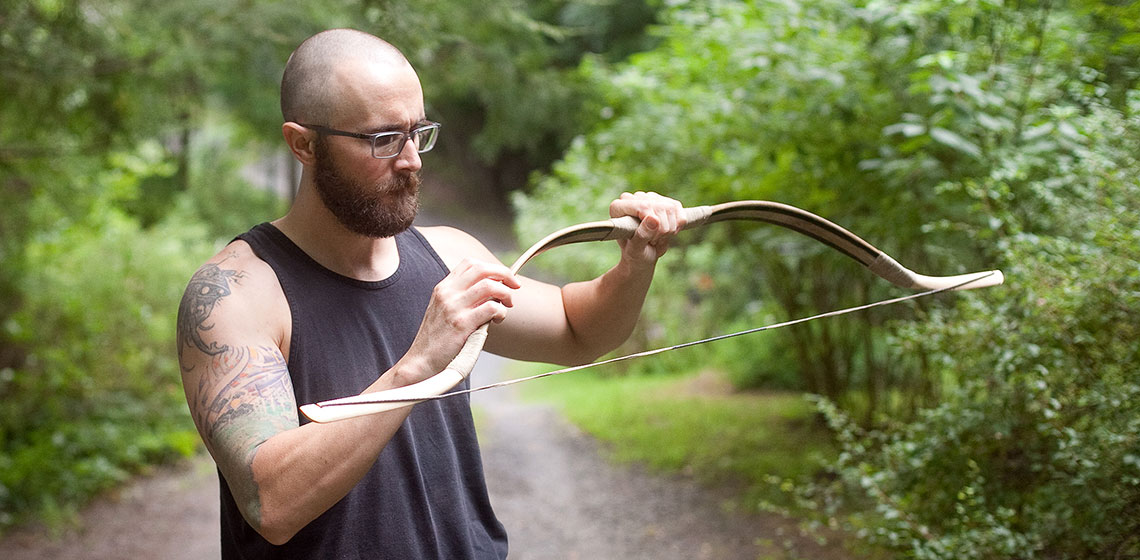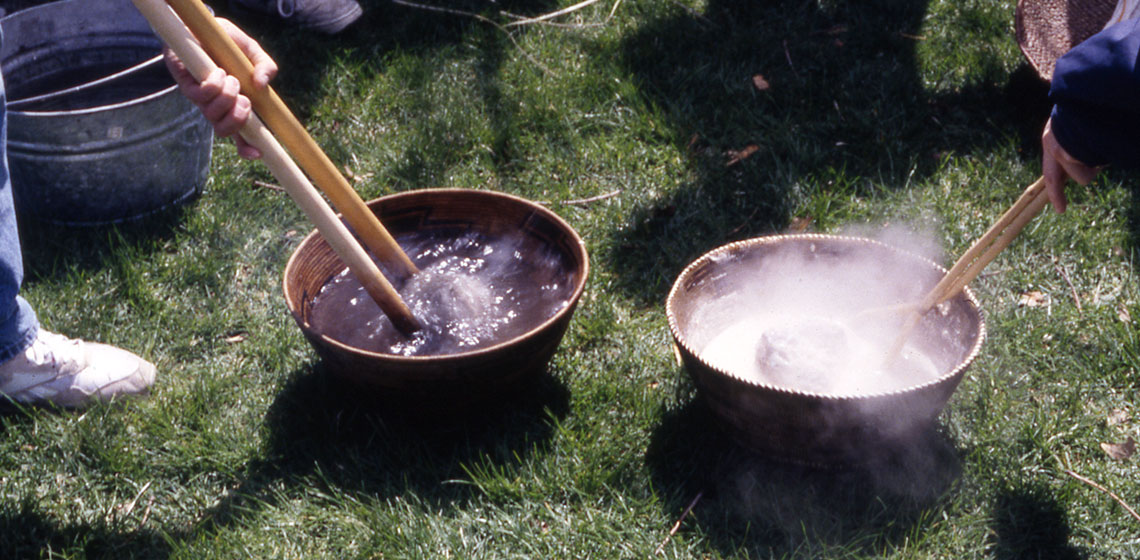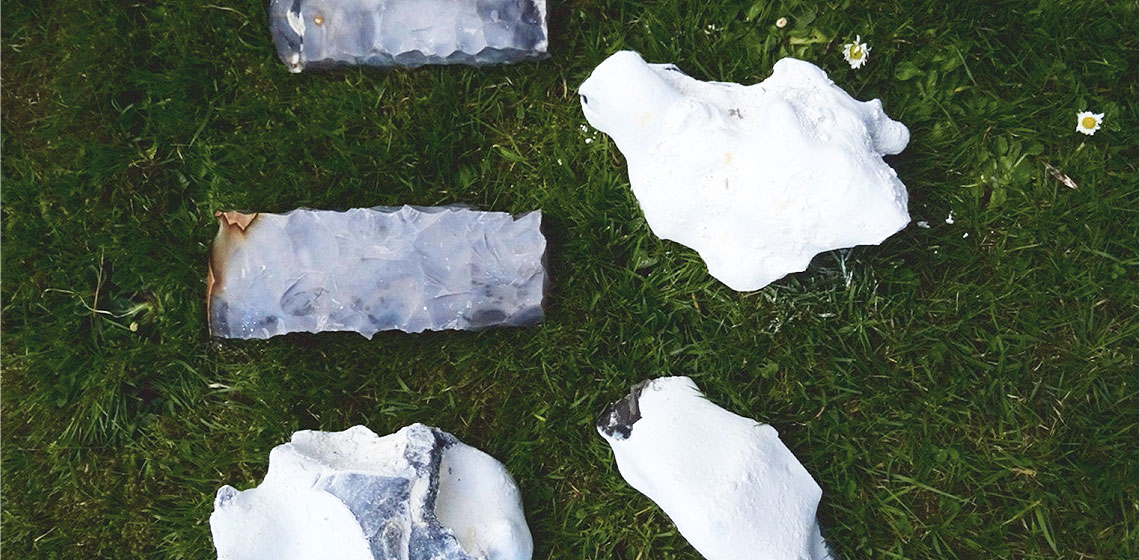Animal Teeth in a Late Mesolithic Woman’s Grave, Reconstructed as a Rattling Ornament on a Baby Pouch
***In one of the Late Mesolithic graves at Skateholm, Sweden, dating from 5500–4800 BC, was buried a woman together with a newborn baby. Altogether 32 perforated wild boar (Sus scrofa) teeth, along with traces of red ochre pigment, were found in this grave. We interpreted these artefacts as a rattling ornament decorating a baby pouch...
